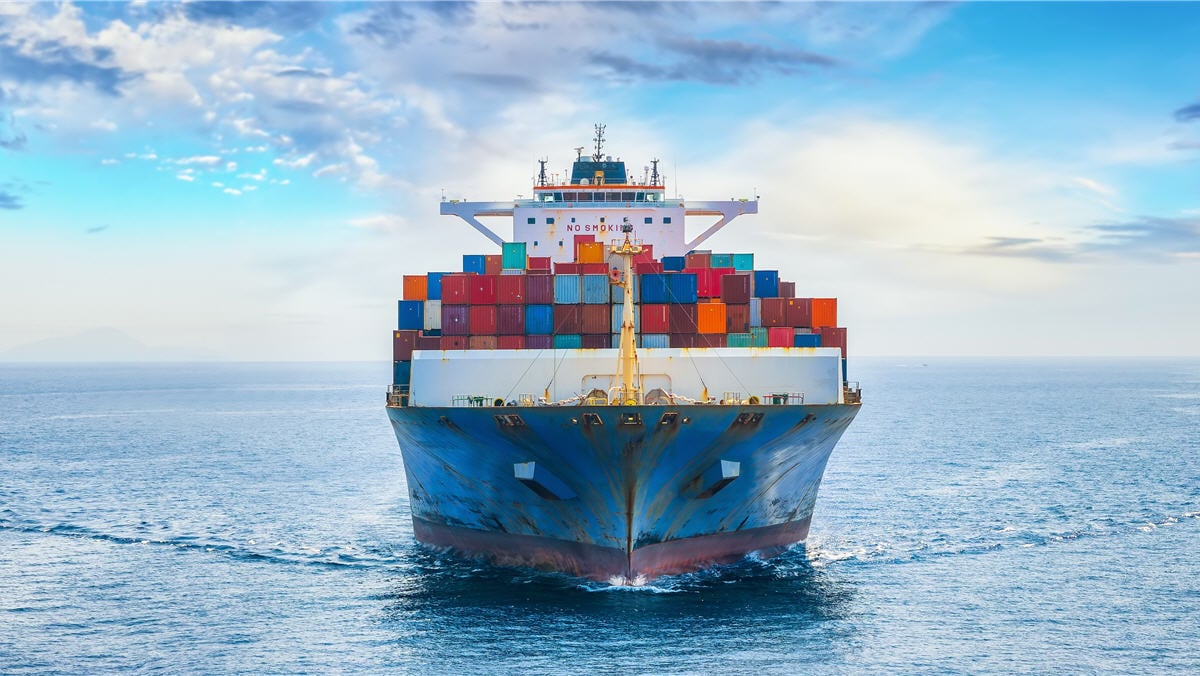On 10 October 2025, the USTR published long-awaited clarifications on the Section 301 service fees affecting Chinese owned and operated vessels, Chinese-built vessels and non-US built vehicle carriers, set to come into effect 14 October 2025. The USTR also proposes additional modifications to the service fees, with an opportunity for interested parties to submit public comments by 10 November 2025.
1. Annex III – Service fees impacting non-US built vehicle carriers
Since the 6 June 2025 USTR’s proposal to implement a $14 per net ton instead of a $150 per Car Equivalent Unit, the status of the fees was unclear.
The USTR has now established a $46 per net ton fee for non-US built vehicle carriers. A “Vehicle carrier” includes vessels under ICST codes 325 (Vehicle Carrier), 332 (Ro-Ro Passenger), 333 (Other Ro-Ro Cargo), or 338 (Ro-Ro Container).
The fee must be paid by the vessel operator or on before the entry of the vessel at the first US port or place from outside the customs territory on a particular string of port calls.
Like the Annex I and Annex II fees, Annex III fees will be charged up to five times per calendar year, per vessel.
Two exemptions to the Annex III fees are formally added for US-owned or US-flagged vessels enrolled in the Maritime Security Program and US Government vessels. The USTR also proposes to add a third exemption for US-flag vessels of up to 10,000 DWT and invites public comments on this point by 10 November 2025.
2. Annex II – Service fees impacting Chinese-built vessels
The USTR provided important clarifications on many of the exemptions to Annex II fees.
It is now understood that the term “vessels with . . . an individual bulk capacity of 80,000 deadweight tons” applies to both liquid bulk and dry bulk vessels, e.g., ICST Codes 210 (Other Bulk/Oil Carrier), 211 (Ore/Bulk/Oil), 212 (Oil/Ore), 213 (Bulk/Oil), 220 (Other Bulk Carrier), 221 (Ore Carrier), 222 (Bulk/Container Carrier), 229 (Other Bulk Carrier), and 323 (Irradiated Fuel Carrier). Any other vessel subject to Annex II with a capacity of 55,000 deadweight tons or
less (as properly identified on the vessels’ register) may be eligible for an exemption.
The term “specialized or special purpose-built vessels for the transport of chemical substances in bulk liquid forms” applies to vessels identified as ICST Code 120 (Chemical Tanker).
The term “vessels arriving empty or in ballast” applies when the vessel does not have any cargo or passengers on board.
The exemption for vessels entering a US port in the continental United States from a voyage of less than 2,000 nautical miles from a foreign port or point is assessed based on the distance actually traveled from the furthest foreign port call on a particular rotation.
The USTR finally proposes to replace the exemption for vessels identified as “Lakers Vessels” by an exemption for vessels calling at a US Great Lakes port, and invites public comments on this point to be made by 10 November 2025.
3. Annex I – Service fees impacting Chinese owned or operated vessels
For Annex I fees, the USTR only proposes to add an exemption for certain ethane and liquefied petroleum gas (LPG) carriers, and invites public comments on this specific point to be made by 10 November 2025.
4. Additional clarifications
A vessel is not subject to the fees when it is excepted from entry under 19 U.S.C. 1441 (certain passenger vessels, vessels arriving in distress, vessels arriving for the purpose of taking bunker oil, sea stores or ship’s stores etc.).
A vessel that is only transiting the Panama Canal (including receiving bunkers or facilitating a crew change) is not subject to the requirements for entry from a foreign port and would be considered coastwise for entry and clearance requirements. Exchanging cargo or passengers for hire in the Panama Canal would subject the vessel to entry from a foreign port. Any arrival after a stop in an intermediate foreign port to load or unload cargo or passengers for hire would subject the vessel to entry from a foreign port.
As the USTR advised that Annex III fees will apply up to five times “per calendar year”, it may be assumed that the fees under Annex I and Annex II will also be assessed up to five times “per calendar year.” However, no official clarification was provided.
